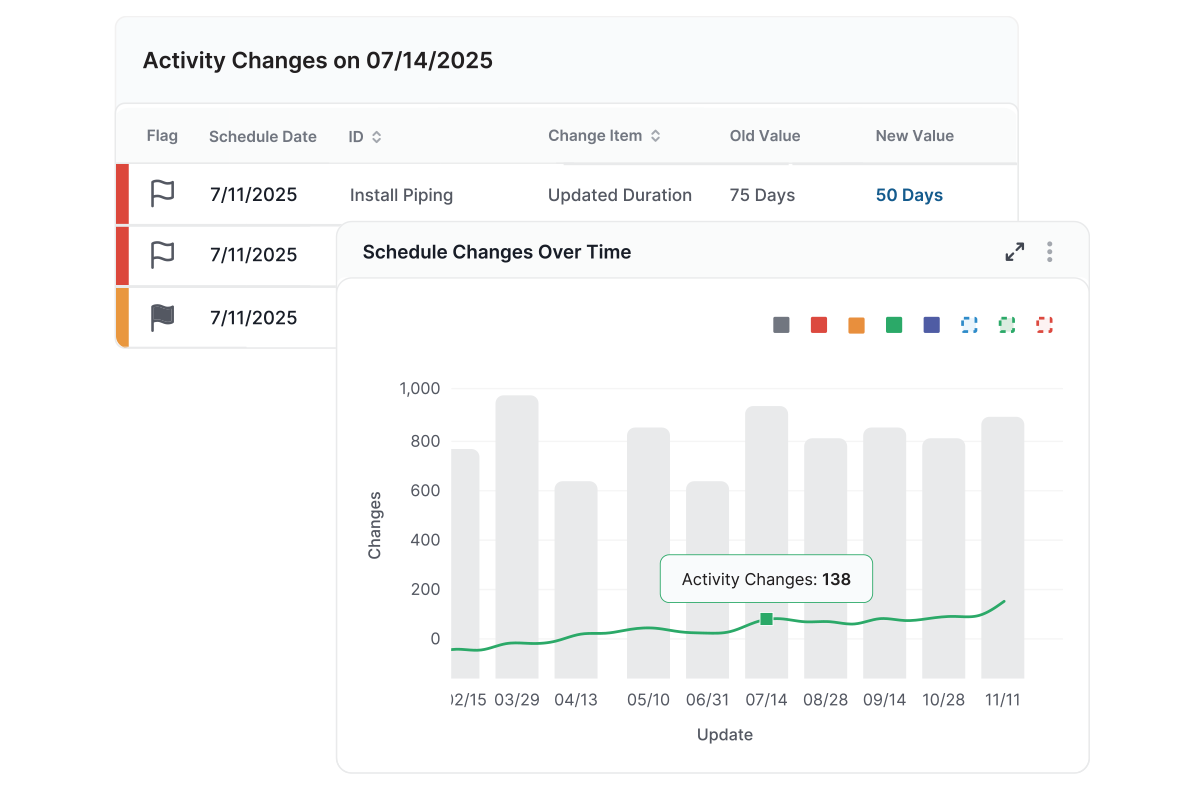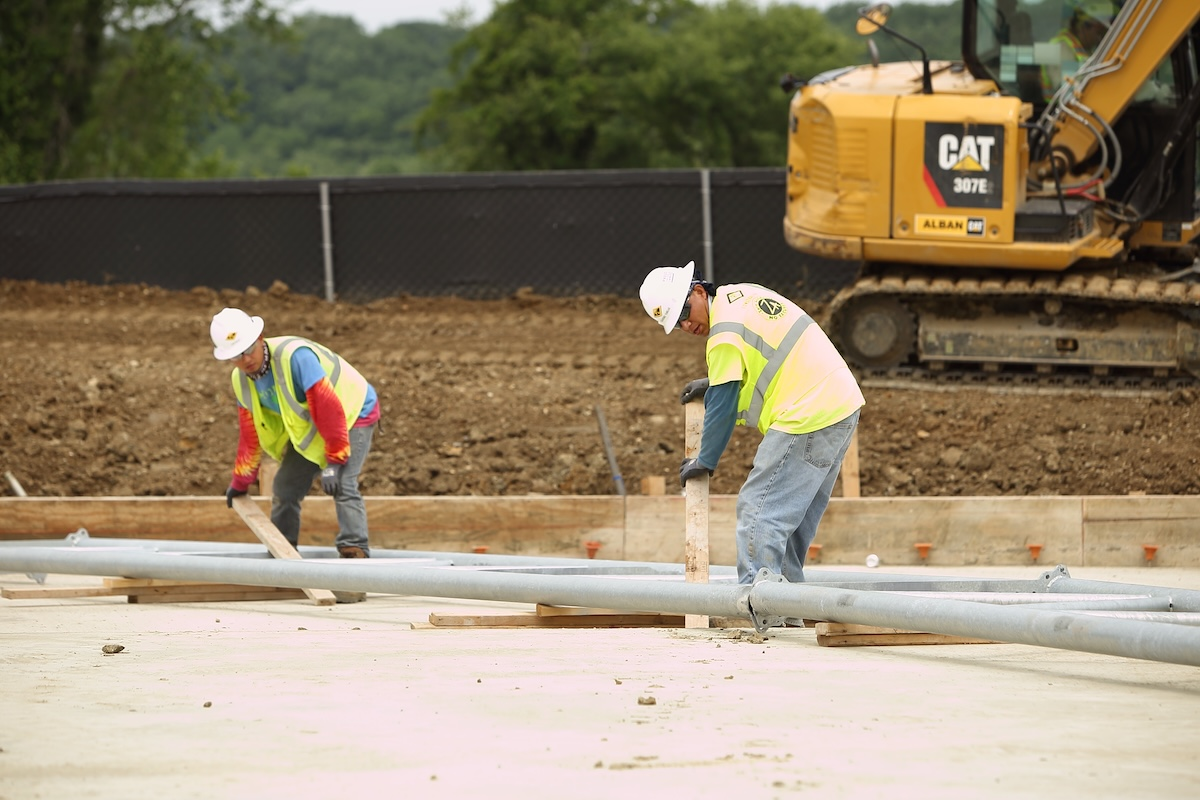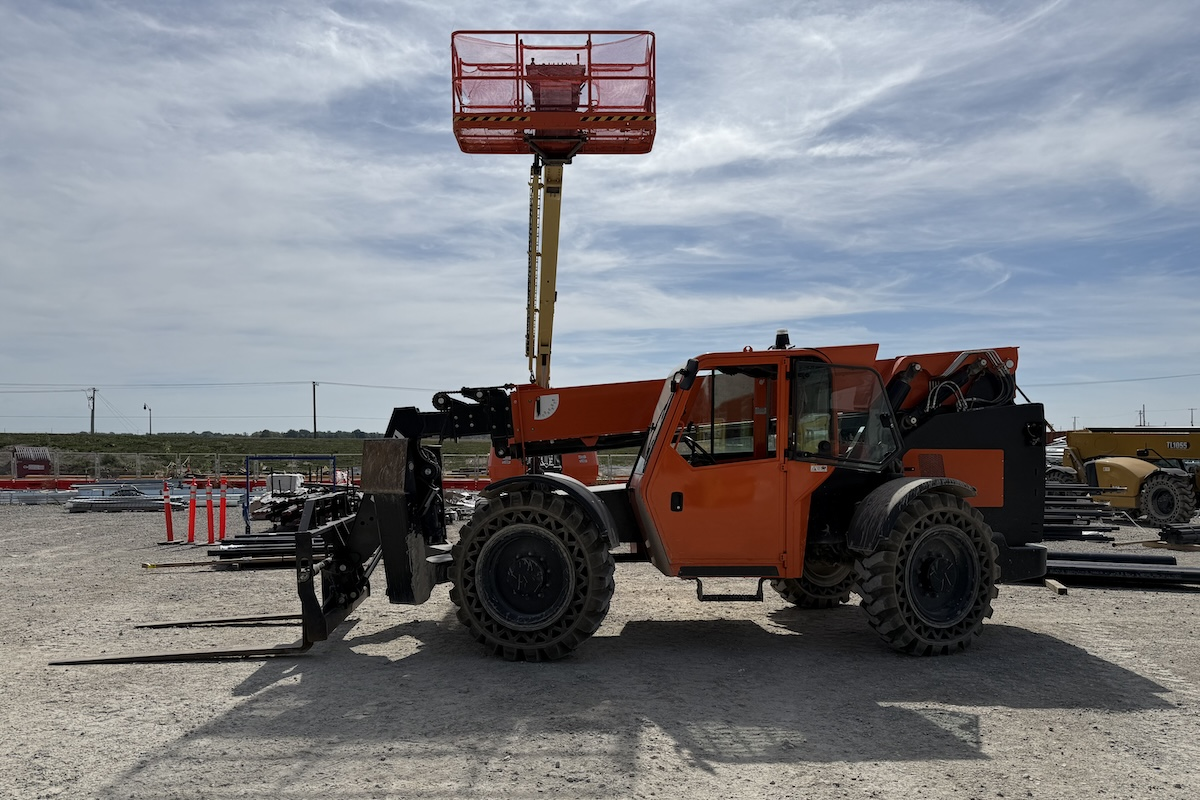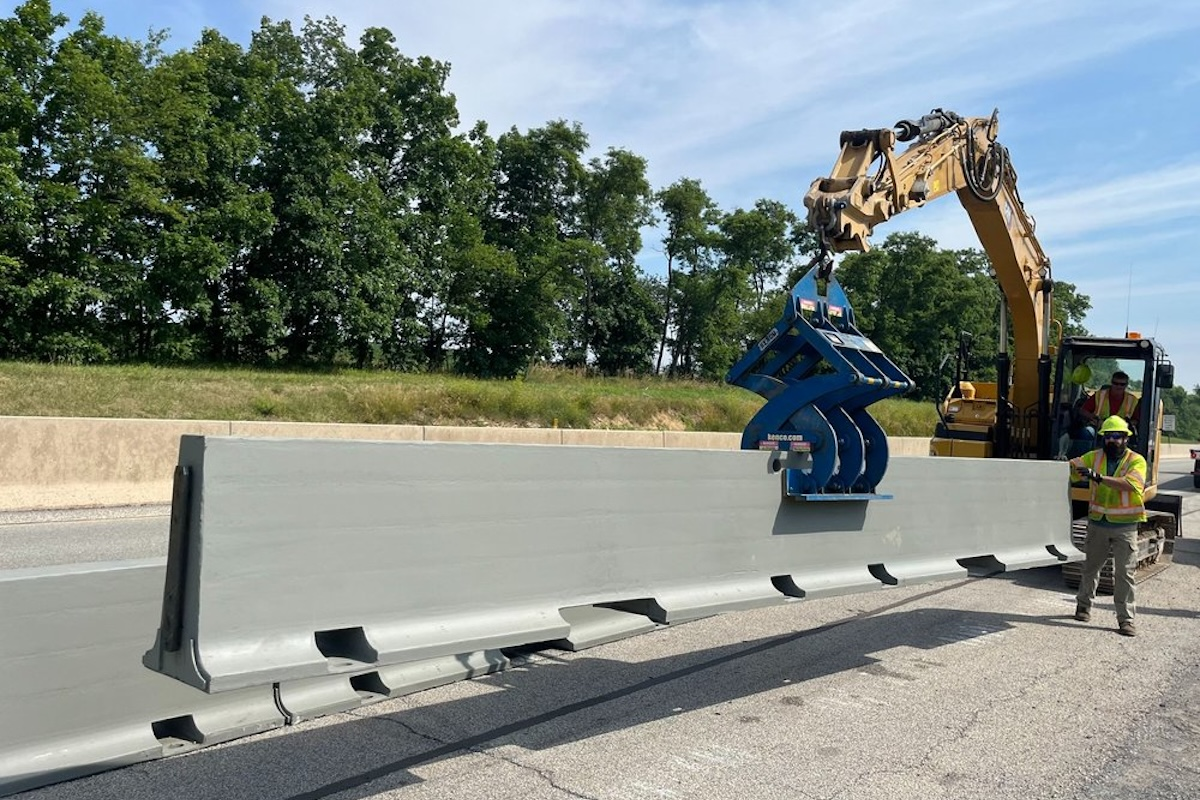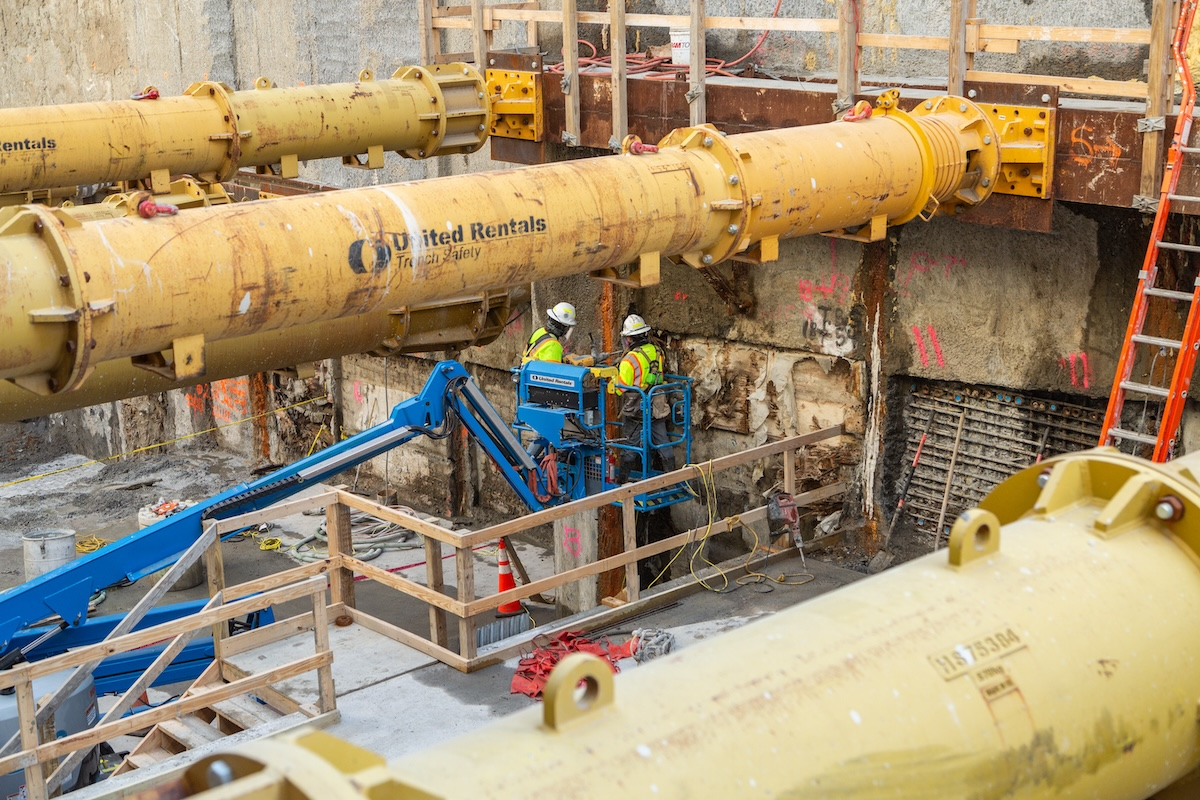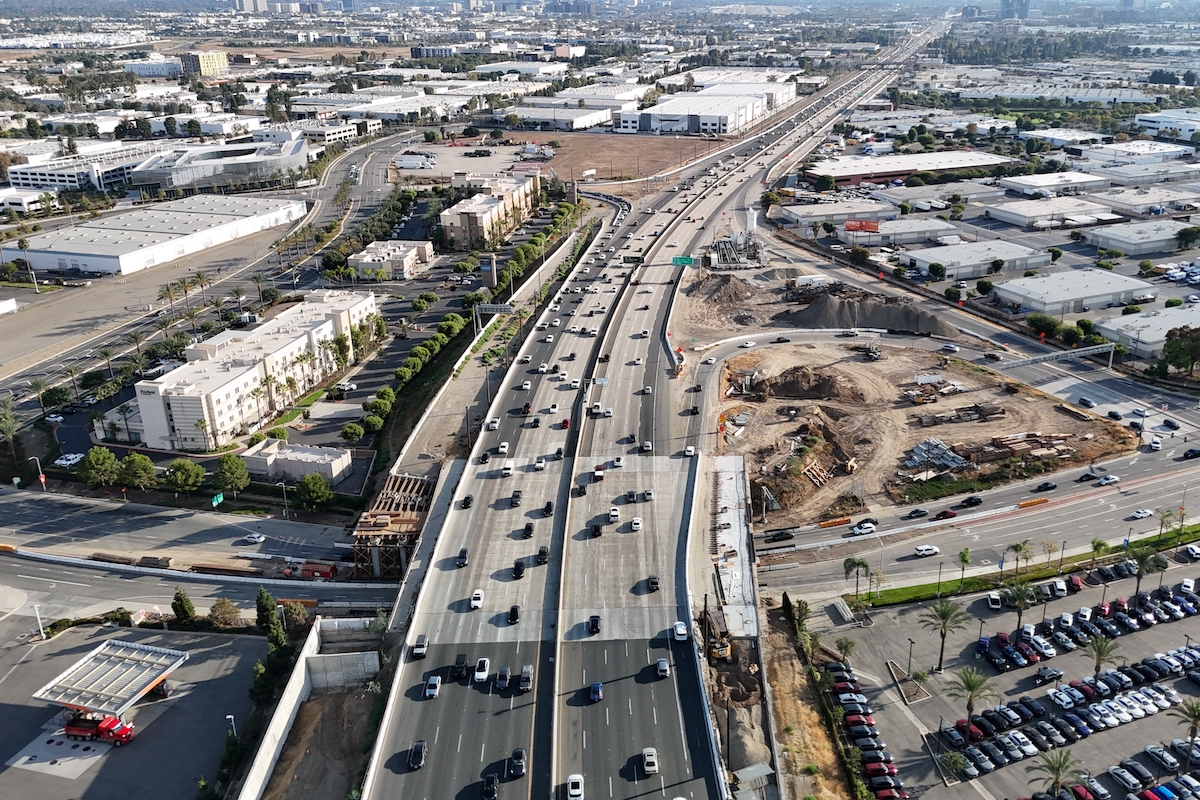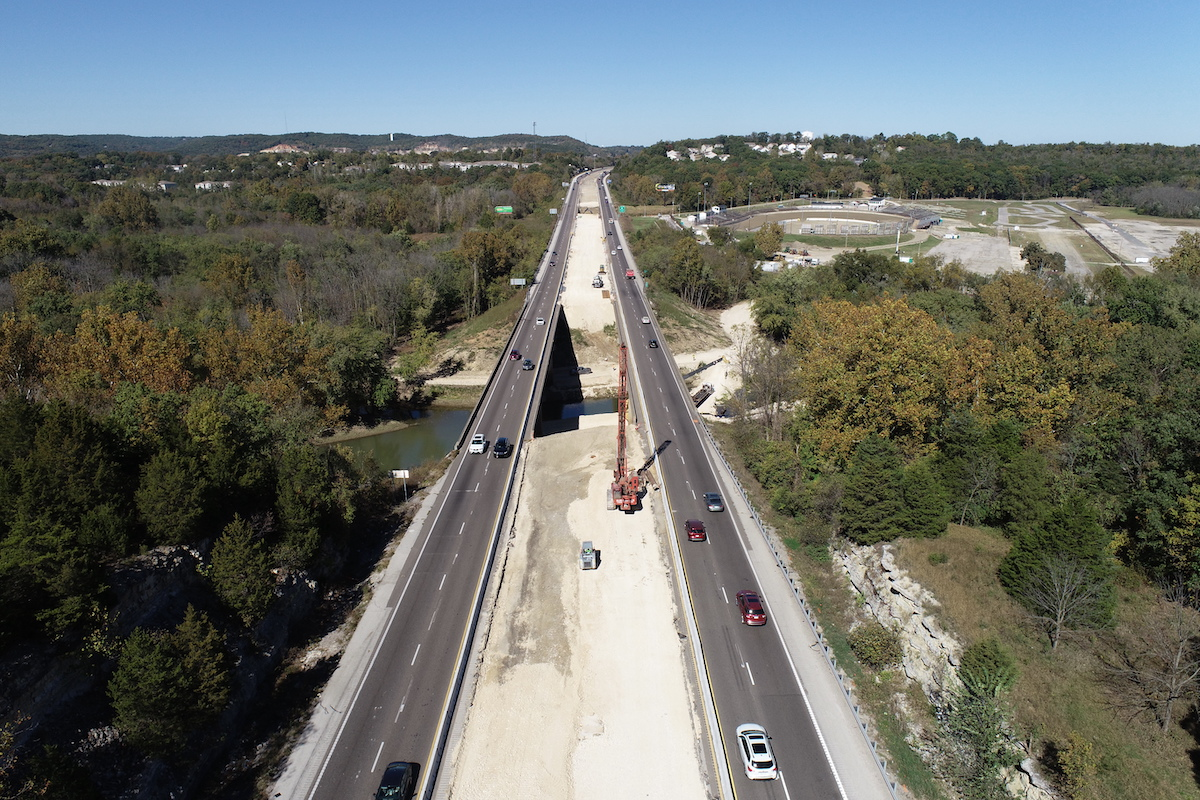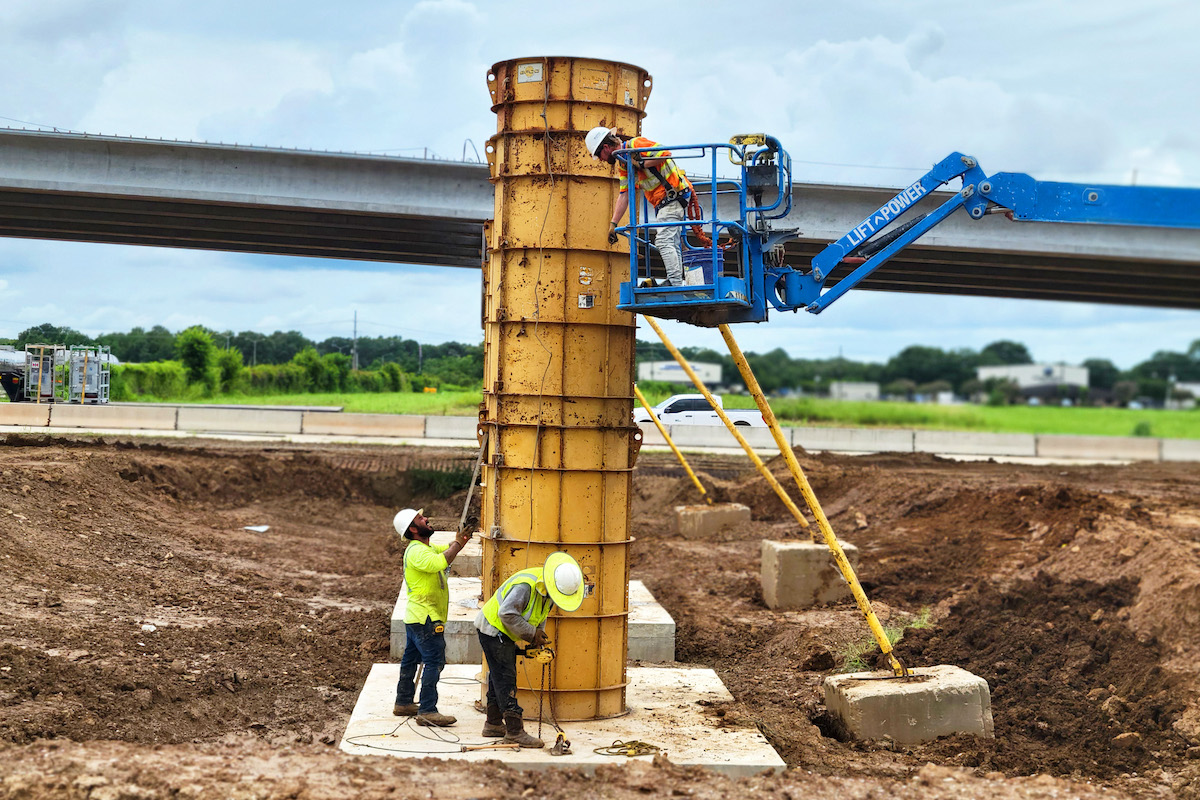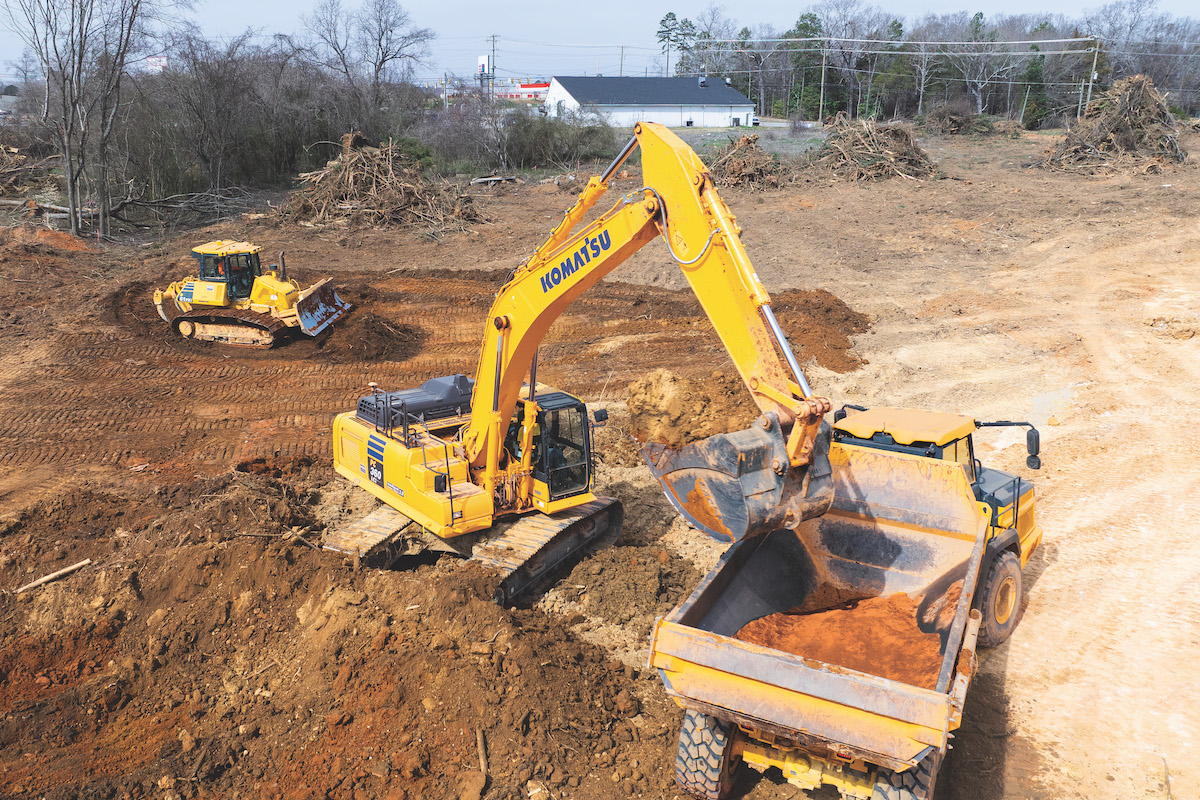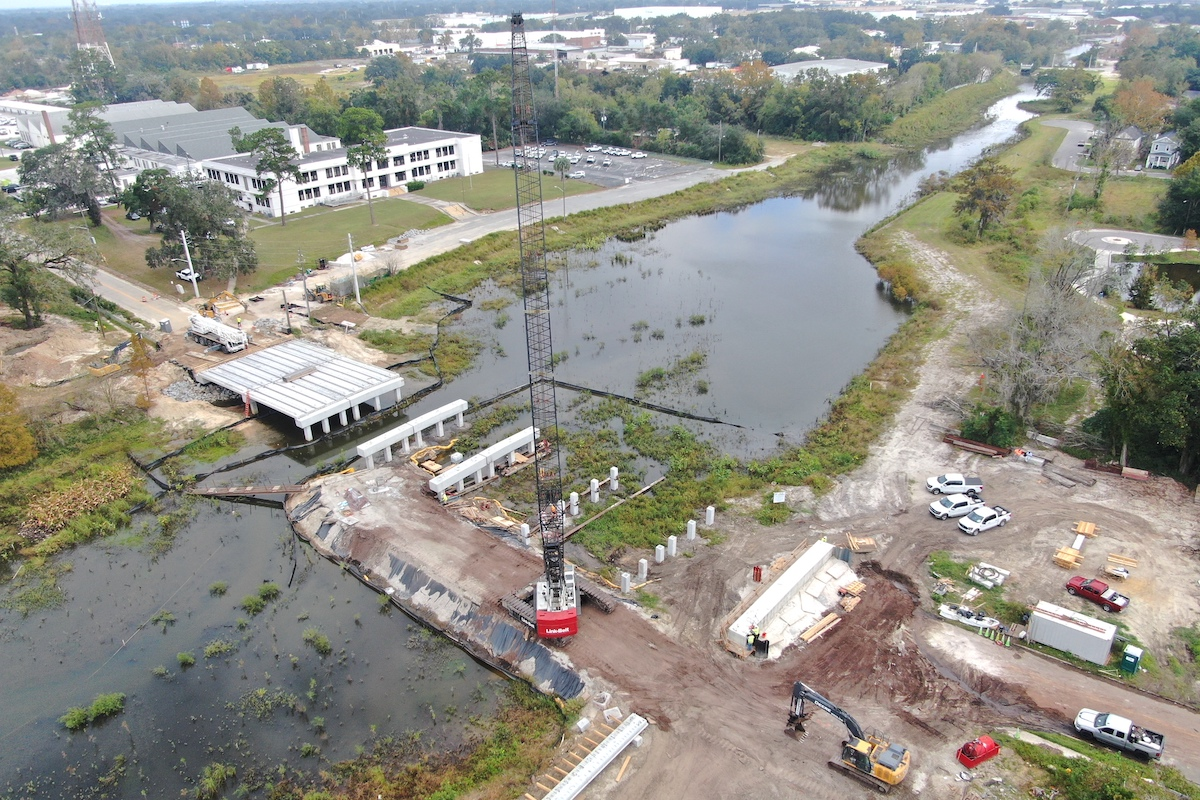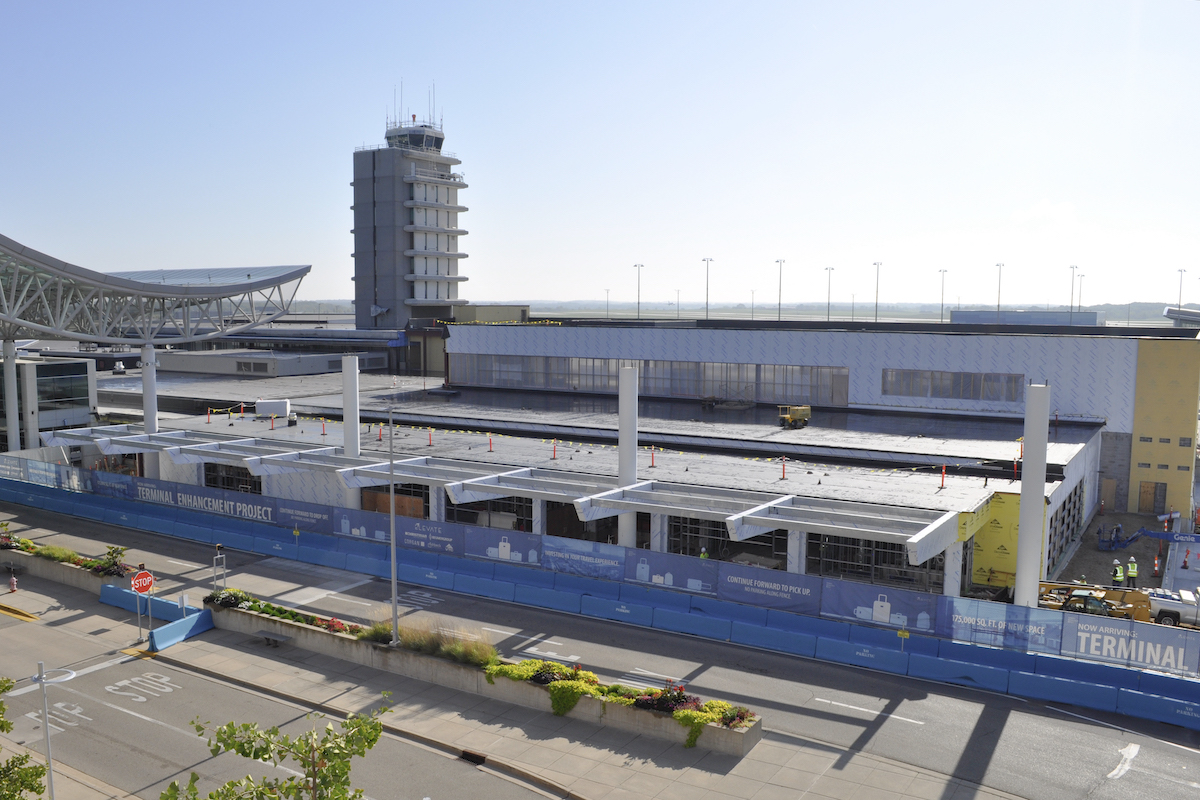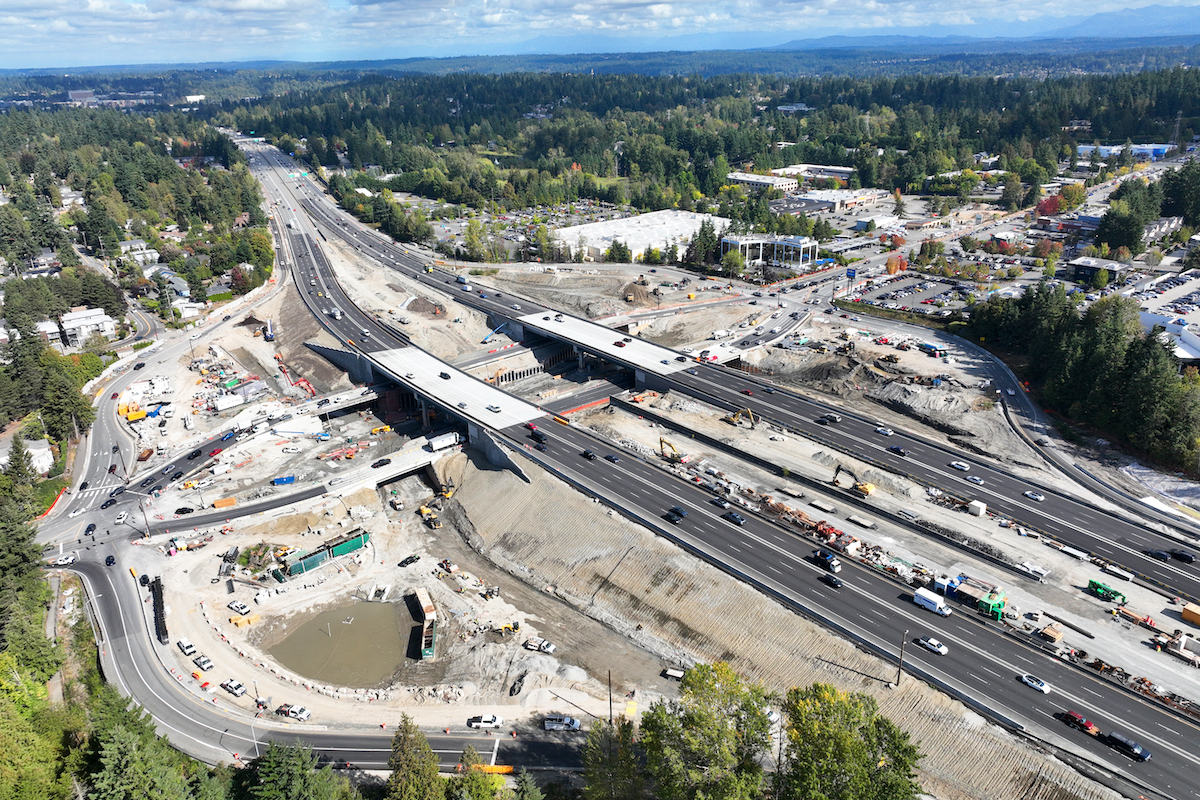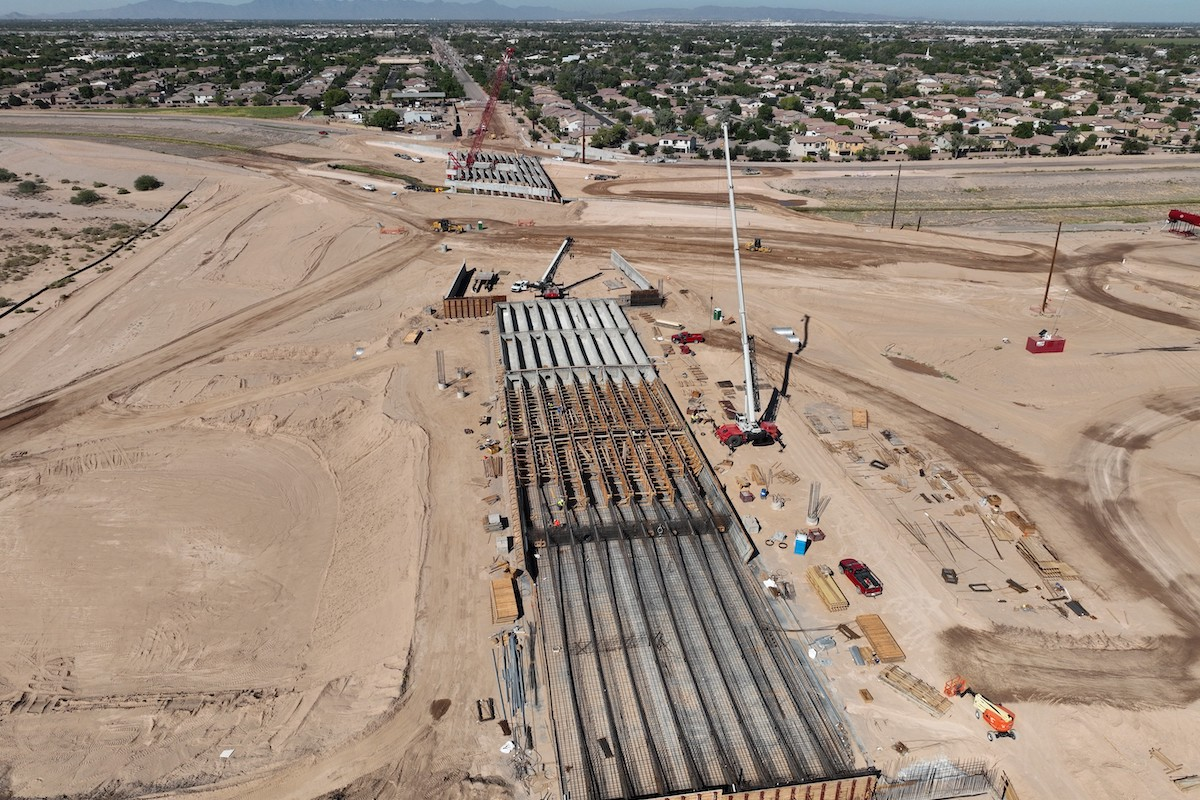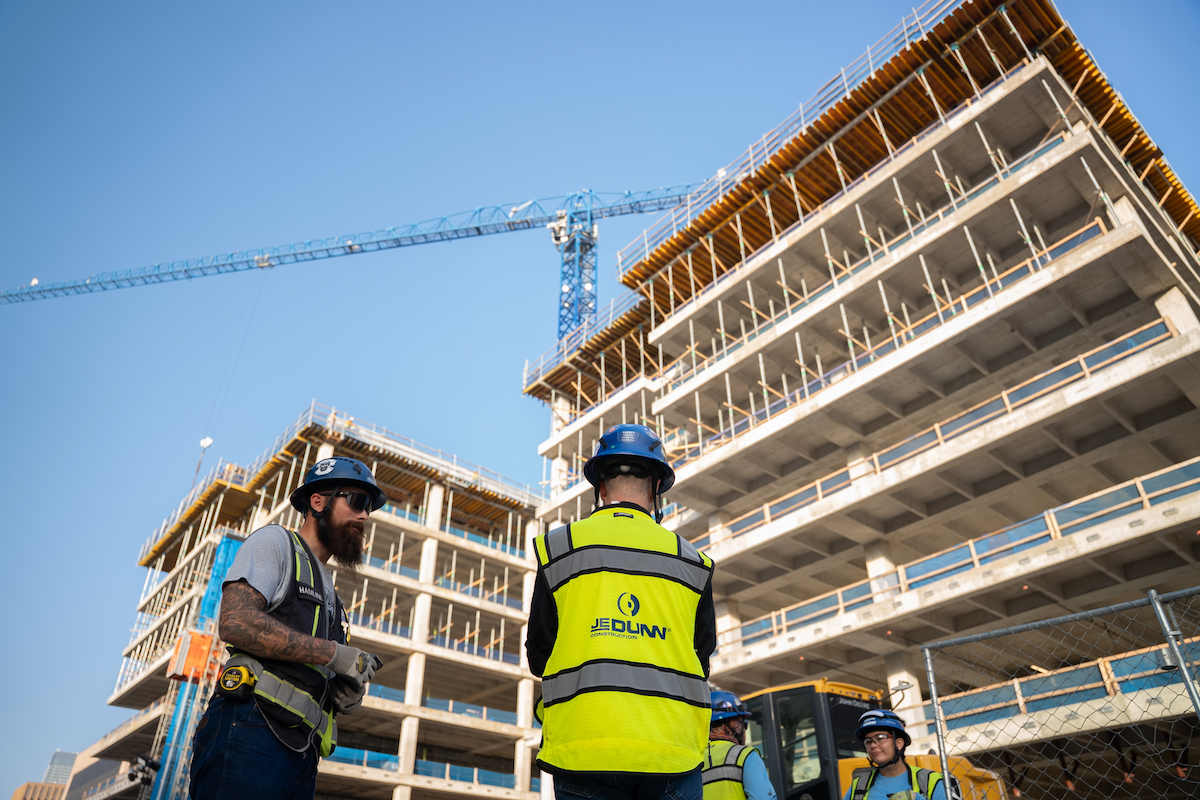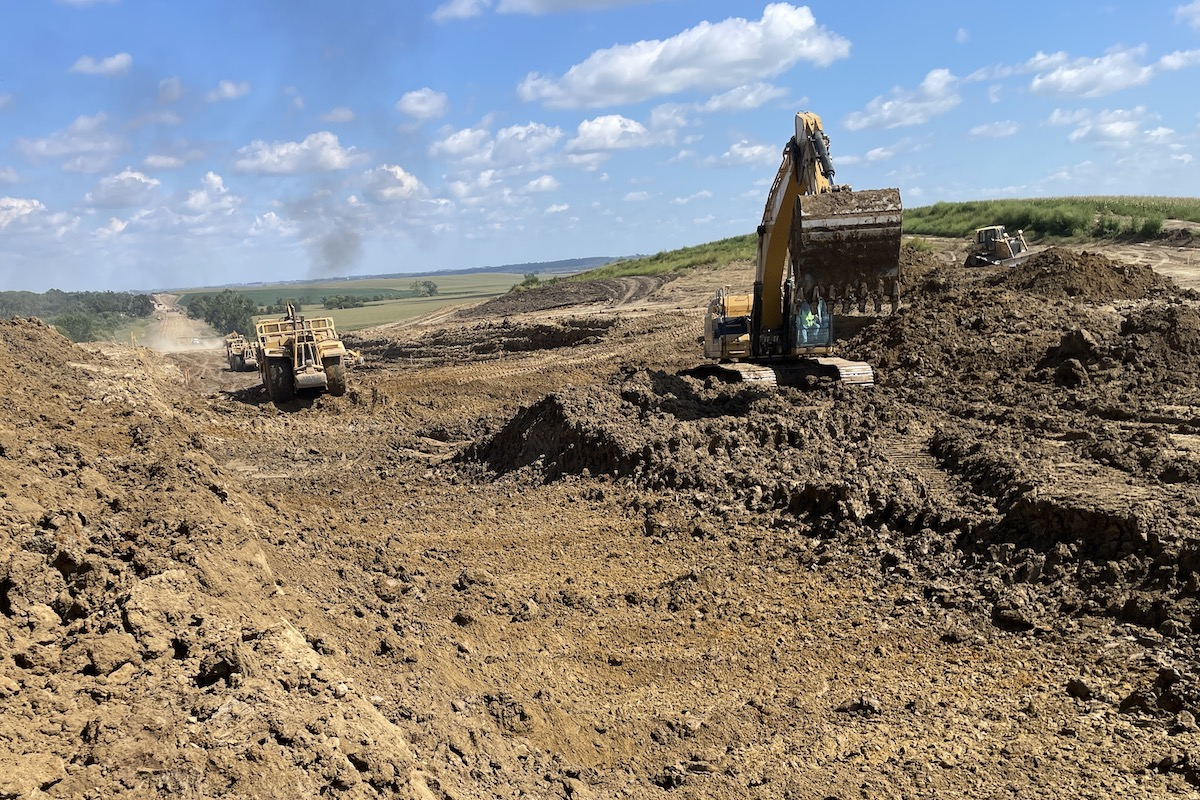U.S. Highway 385 runs from southern Texas to Deadwood, South Dakota. The South Dakota Department of Transportation (SDDOT) is reconstructing a 15-mile section of U.S. 385 outside of Rapid City, South Dakota. This section of U.S. 385 is about 40 miles from the road's terminus and is near Sheridan Lake, a recreational area within the Black Hills National Forest.
The project will update the road and make it safer for locals and tourists.
The section of U.S. 385 being worked on is two lanes. The team is doing a significant amount of rock blasting due to the mountainous area, which makes diverting traffic impossible.
"From early in the design process, the project team knew that this construction project would require complete closures," said Bruce Schroeder, Custer Area Engineer, SDDOT. He noted that creating temporary bypasses would not be possible.
The closures were deemed necessary by SDDOT due to the planned detonations to remove rock and the installation of under-road utilities, such as drainage pipes and pedestrian underpasses.
"It's impossible to safely route traffic through construction zones before, during, and after rock blasts," Schroeder said.
Closing the road during construction was not easy. The corridor is one of the major north-south routes in the Black Hills, with both residents and tourists using the road. The average daily traffic in 2024 was 2,364, and it is projected to rise to 3,728 in 2044.
Because SDDOT knew there would be no way to avoid inconveniencing everyone, they went to representative stakeholder groups to discuss construction phasing options.
While construction began in 2024, the project team held multiple public meetings in September 2019 and landowner meetings in January 2020. The feedback from residents and stakeholders was considered while finalizing the roadway design.
"Construction was originally scheduled to begin in 2022 but was postponed in the interest of getting stakeholders involved in the decision-making process for phasing," Schroeder said.
During that time, Schroeder said that the team engaged with stakeholders from the groups most affected by the project and shared three potential phasing and full-closure scenarios. Through these meetings, a fourth scenario emerged that almost equally distributed the closure impact among all stakeholder groups.
“Most notably, the Hill City School District was very involved in this process,” Schroeder said. “It was able to adjust its academic calendar to lessen the impact on students living on the other side of the road closures. Additionally, the SDDOT was able to develop and place additional signage to clarify that local businesses near the closure areas were open and able to be accessed.”
According to SDDOT’s project fact sheet, the department ultimately decided that "at least one lane in each direction will be maintained throughout most of the construction process. However, construction plans will include completely closing portions of the road for a period of time, in consideration of traveler safety and efficiency for the construction crew."
SDDOT divided the project into two separate phases with different contractors. This was done, according to Schroeder, due to the size of the project and to allow for competitive bidding.
The first phase is a 5.7-mile stretch from the Pennington-Lawrence County Line to Pactola Dam. The second phase, which is 8.1 miles long, runs from Pactola Dam to Calumet Road near Sheridan Lake.
Zandstra Construction is the general contractor for the first phase of the project. The local Rapid City contractor has built many SDDOT projects.
"Zandstra is one of the few South Dakota grading contractors that specialize in rock grading," Schroeder said. "They completed the phase on schedule with very few problems or delays."
Oftedal Construction, Inc., based in Casper, Wyoming, is the general contractor for phase two. They specialize in rock grading and have completed many projects on mountainous terrain, including some at Yellowstone National Park.
Dealing with rock grading and working in mountainous terrain are essential skills for this project. It has been a challenge for the teams.
"Slope stability and the accurate prediction of the shrink and swell of the inconsistent rock material have resulted in the need to find additional material,” Schroeder said. “In phase one and in phase two, excess material has been generated.”
Although this project may cause temporary inconvenience for drivers, it will ultimately fix a major roadway that is in need of improvement. U.S. Highway 385 does not meet current design standards, requires general maintenance due to the age of the infrastructure, and has an elevated crash history.
U.S. 385 has a weighted crash rate of more than double the state average (3.11 versus the state average of 1.5). Between 2018 and 2022, there were four fatal crashes on this section of roadway.
"Crash rates can be lowered by designing with safety in mind," Schroeder said. "The proposed improvements have been shown to reduce the number of crashes that occur on a roadway."
For example, the average shoulder width on this section of U.S. 385 is 2 feet, with many areas having no shoulder. Three of the fatal crashes were run-off-the-road crashes. Going from 2-foot shoulders to 8-foot shoulders reduces run-off-the-road crashes by 43 percent.
SDDOT has considered redesigning and reconstructing this section of U.S. 385 for years. They scoped the current project in 2016. Since then, the roadway was resurfaced (in 2018). However, the structures and grading have not been reconstructed since 1954.
“The roadway is at the point where resurfacing and patching is not the most efficient use of resources,” Schroeder said.
"Reconstruction allows for an upgrade to culverts, sight distance, driveways, drainage, shoulders, and access," he added. "We even were able to put in an underground pedestrian tunnel for the Centennial Trail, a popular 100-mile hiking and running trail in the Black Hills."
The project will focus on a few elements to improve safety:
- Improve sight distance for hills and curves. Portions of the roadway do not meet current design standards for curvature and will be redesigned to meet current design criteria.
- Expand roadway shoulders where possible. Current design standards dictate an 8-foot shoulder, which has been shown to reduce run-off-the-road crashes, allowing for a safe space to pull over. Bicyclists and pedestrians can also use them.
- Create a clear zone of 30 feet where possible. The current roadway has a limited clear zone of 2 to 16 feet, and current design standards require a minimum 30-foot clear zone. Clear zones allow drivers who leave the roadway to recover and return to the roadway or stop before hitting a tree or personal property.
- Upgrade box culverts and drainage pipes. Multiple box culverts are nearing the end of their useful life. The team is replacing drainage pipes that are in poor condition. Keeping drainage utilities in working condition is essential to reduce water-related damage to roadways.
- Improve access to adjacent properties, including revealing hidden driveways and adding turn lanes at key intersections. Many driveways along the corridor are hidden, making it challenging for those leaving adjacent properties to turn onto the roadway safely.
- Owner: South Dakota Department of Transportation; Project Engineer, Montana Rivard
- General Contractor, Phase One: Zandstra, Rapid City, South Dakota
- General Contractor, Phase Two: Oftedal Construction, Inc., Casper, Wyoming
- Designer, Phase One: KLJ, Rapid City, South Dakota
- Designer, Phase Two: HDR Engineering, Inc., Rapid City, South Dakota
Construction on the first project began in spring 2024 and concluded in summer 2025. The second phase/project began in fall 2024 and is scheduled to be completed at the end of 2026. The final paving will occur in spring 2027. Schroeder said that the project is on schedule.
The construction budget for the project is approximately $72 million. The project was awarded a Rural Grant worth around $67 million from the federal government. The SDDOT annual budget covers the remaining costs. At the time of writing this article, the project is on budget.
When the section of U.S. Highway 385 is complete, drivers will experience a safer and smoother ride. This project is not the last on U.S. 385, as SDDOT is currently in the design phase for a portion of the highway north of the Pennington-Lawrence County line.











